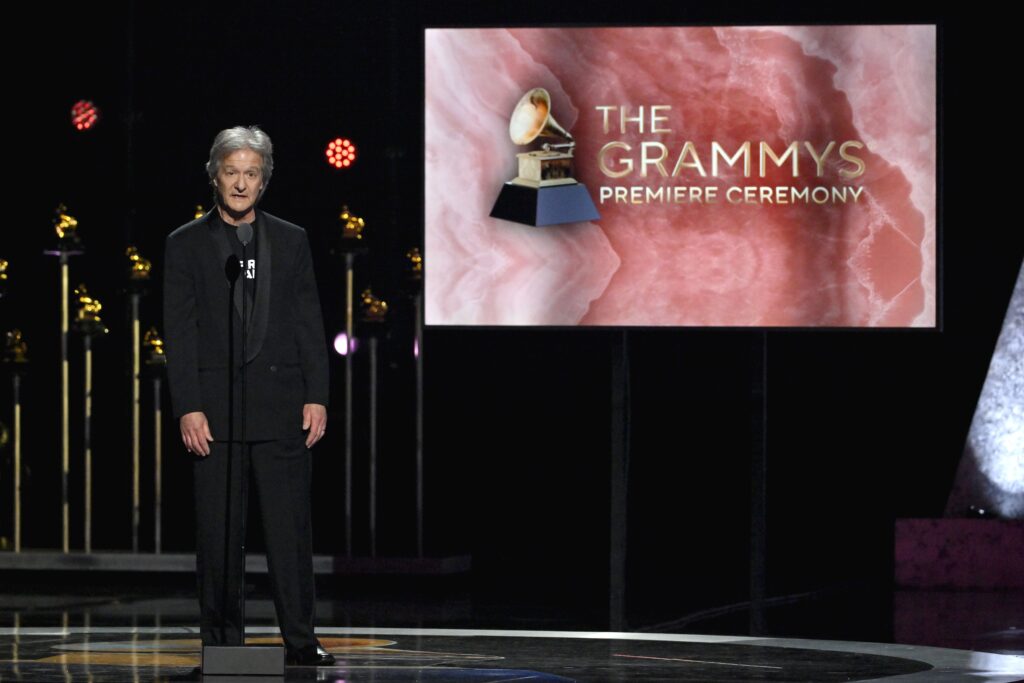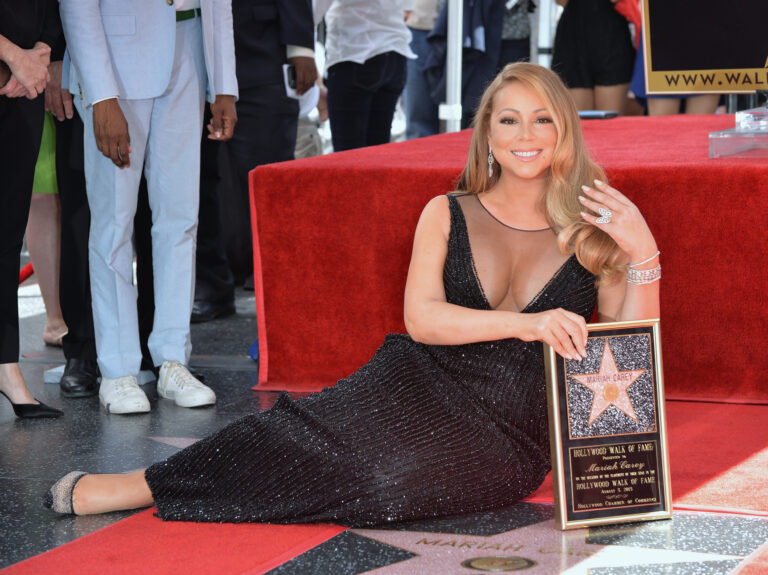
Grammy Categories Added for Country Albums & Cover Art

The Grammy Awards are introducing several notable changes for the 2026 ceremony, especially with a focus on x. One of the most prominent adjustments announced by the Recording Academy is the addition of the Best Traditional Country Album category. This new category aims to distinguish traditional country music from its contemporary counterpart, the latter of which has been renamed to Best Contemporary Country Album. The decision reflects a broader effort to accommodate the evolving landscape of country music, celebrating its rich array of subgenres including Western, Western Swing, and Outlaw country. Such changes acknowledge the resurgence of traditional country sounds and their significant impact on today's musical fabric.
The introduction of the Best Traditional Country Album category aligns country music more closely with other genres that separate contemporary from traditional aspects, such as R&B and blues. The intent is to offer greater recognition to artists like Charley Crockett, Sierra Ferrell, and Colter Wall, who might have previously been confined to broader categories like Americana or American roots. This systematic categorization is designed to ensure that each subgenre gets its due recognition, thereby encouraging diversity and creativity among artists. The Recording Academy's CEO, Harvey Mason Jr., noted that this addition was made to reflect the wishes of country music creators, who sought more nuanced recognition of their work.
Another significant change includes updates in eligibility criteria for the Best New Artist category. Previously, artists whose contributions to Album of the Year nominees exceeded 20% of playing time were ineligible for Best New Artist. The amended rules, however, allow artists who were featured on an album of the year but did not surpass the 20% threshold to compete. This change is intended to give artists a fairer chance at recognition, acknowledging their contribution to major works without being unfairly excluded due to past nominations under looser criteria. This move highlights the Academy's ongoing efforts to keep the awards relevant to modern industry realities.
Furthermore, the Grammy's packaging categories have been streamlined and expanded. A new Best Album Cover category has been introduced to acknowledge excellence in album cover art specifically, a tribute to the visual aspect of music packaging which has influenced musical presentation since the '50s. Simultaneously, the Best Boxed or Special Limited Edition Package category has been merged with the Best Recording Package category. This adjustment accommodates the specialized nature of physical music releases, acknowledging both their artistic design and commercial appeal in a market where digital release formats are increasingly prevalent.
Rule adjustments within classical categories seek to offer broader recognition, now including composers and lyricists/librettists alongside artists, producers, and engineers in albums that win awards. By bringing these creative contributors into alignment with existing recognition structures for mainstream categories, the Academy demonstrates its commitment to honoring all aspects of musical production. These comprehensive changes for the 2026 Grammy Awards reflect an ongoing evolution in the awards' structure, designed to ensure continued relevance and to inclusively honor the diverse range of music making today. The Grammy Awards, now set for February 1, 2026, signify a reaffirmation of their role in shaping and celebrating the music industry’s dynamic landscape.









